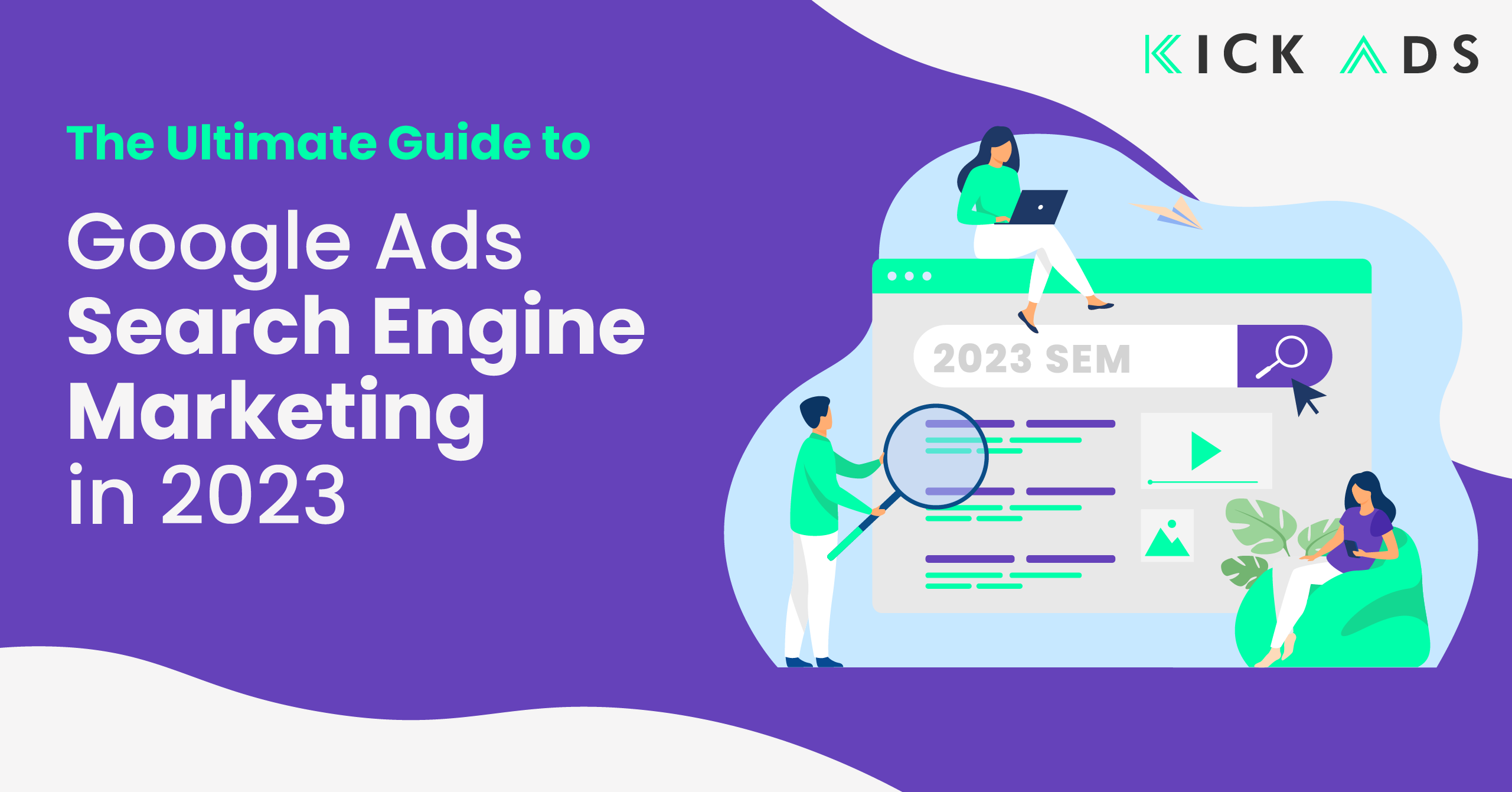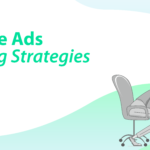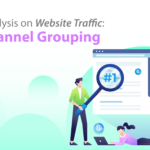Understanding SEM
As we step into the year 2023, where AI and Machine Learning dominate the world, it’s no surprise that Google Ads has undergone significant updates. Without further ado, let’s dive into this article. I bring you the latest updates for setting up Google Ads Search Engine Marketing (SEM) in 2023. Throughout this piece, I will be referencing my previous articles on Google Ads SEM. In just 15 minutes, you’ll gain a clear understanding of the principles and workings of Search Engine Marketing.
What is SEM?
Before discussing the settings, it’s important to understand SEM, which stands for Search Engine Marketing. SEM involves marketing on search engines like Google, Yahoo, Bing, Baidu, and 360. In terms of marketing, there are Pull Marketing and Push Marketing. SEM falls under Pull Marketing, where users actively search for relevant keywords and click on search ads. It’s similar to using the Yellow Pages when you need specific services. Keep in mind that bidding on keywords with low search volume, even with high bids and budgets, will result in limited impressions and clicks, making it difficult to exhaust your budget.
The Charging Model for SEM
The charging model for Google search ads is the Pay Per Click (PPC) model. You are not charged when your ads are displayed; instead, you only pay when someone clicks on your ad. This allows you to use Keyword Matching and Negative Keywords to have control over who sees your ads and the specific search terms they are matched with. By utilizing these tools, you can ensure that your ads are seen by the appropriate target audience at the most opportune moment.
What kinds of businesses can benefit from utilizing SEM?
Google welcomes businesses of all types to leverage Google search ads for promotional purposes. However, it is crucial to assess the viability of such endeavours. For example, if you operate a business that sells your own branded clothing but your brand lacks widespread recognition, the probability of individuals searching for specific items like “T-Shirt” or “Jeans” on Google and subsequently clicking on ads to make purchases from your website is relatively low. As a result, we believe that the following two categories of companies are particularly well-suited for search engine marketing.

1. Products/ Services that solve people’s problems
Let’s use a simple example to explain. If you’re experiencing hair loss, waiting for a hair loss cure ad on Facebook is unlikely. Instead, you’d immediately search for “hair loss treatment” on Google to find a quick solution. If your product or service focuses on hair loss treatment and your search ad appears during these searches, it can effectively reach the right audience at the right time. This principle applies to other areas like facial treatments, beauty services, flower delivery, renovations, and more. In summary, if your product or service provides problem-solving solutions, Google search ads are a perfect fit for you.
2. B to B Professional Services
If you run a B2B business like a digital marketing agency, video shooting agency, accounting service, or an industrial/manufacturing factory, Google Search Ads can help you find new customers. When potential clients are seeking new partners, such as digital marketing agencies, they often request quotes from multiple agencies that appear on Google’s search results page. By having your text ad displayed at the right time, your company can reach these potential customers and seize the opportunity. This highlights the importance of SEM for B2B and professional services businesses.
What factors affect the ad position?
There is only one first place for search results whenever you Google, so how can I make my ads rank first? What is about buying keywords? Is money the only factor that determines the ranking?
-
Keyword Bidding
The “buy keywords” are the keywords advertisers bid on for their products or services. For example, Kick Ads focuses on “SEM Agency” as the most relevant keyword and places a bid on it. In Google Ads, the “Max CPC Bid” indicates the highest price an advertiser is willing to pay for a click on the keyword. If the maximum CPC is set at HK$10, it means the cost per click will be HK$10 or lower (in the case of Manual CPC). This is the essence of keyword bidding or buying keywords.
Keyword bidding varies across industries. Let’s take two keywords, “flower delivery” and “personal loan,” as examples. Which keyword do you think is more expensive? It is definitely a “personal loan.” As the competition for a particular product or service intensifies, businesses become more aggressive in bidding for higher rankings. Additionally, when the profit margin of a product or service is high, businesses are willing to pay a higher cost per click to reach potential customers, resulting in higher bidding prices.
-
Quality Score
The quality score of keywords is also important. In the realm of Google, even if your keyword bidding price is high, a poor quality score will hinder your ad rank from rising and prevent a decrease in the average cost per click. To put it simply, the quality score measures the relevance of keywords, ads, and landing pages. When someone searches for “SEM Agency” on Google if the content of your ads and the landing page of your website are also about SEM Agency, the quality score will increase accordingly. If you want to learn more about the optimization of Quality Score, you can read our “Quality Score: How to check, monitor & optimize“.
Ads ranking = Keywords Bidding x Quality Score

There are two factors that affect your ad rank: keyword bidding and quality score. If you have a high keyword bidding but a low-quality score, it will lower your ad rank or result in a higher average cost per click. Conversely, if the quality score is high but the keyword bidding is low, your ads may not rank high or may not even appear on Google. It is important to prioritize a good quality score first, and then calculate your advertising budget and match it with a suitable bidding price.
Search Terms Match with Keywords to Bring Up the Text Ads
When we search a term on Google, we will find the text ads different in the search results, so as the ranking. For example, if we search “website design”, some text ads will pop up. But if we search for “website design 123”, there are also some text ads pop up. Is there someone in the world bidding on the keyword of “website design 123”? HELL NO! The system determines how to match by looking up what keywords you bid and the keyword match type you are using

[Website Design 123] is the search term. [Website Design] is the keyword we are bidding on. And the keyword matching is going to be a lot of work we need to do in the future. Chances are that you will be matched to a new relevant search term, but there are also chances that you will find some search terms that are completely irrelevant. For example, like the picture below, it is just a waste of money.
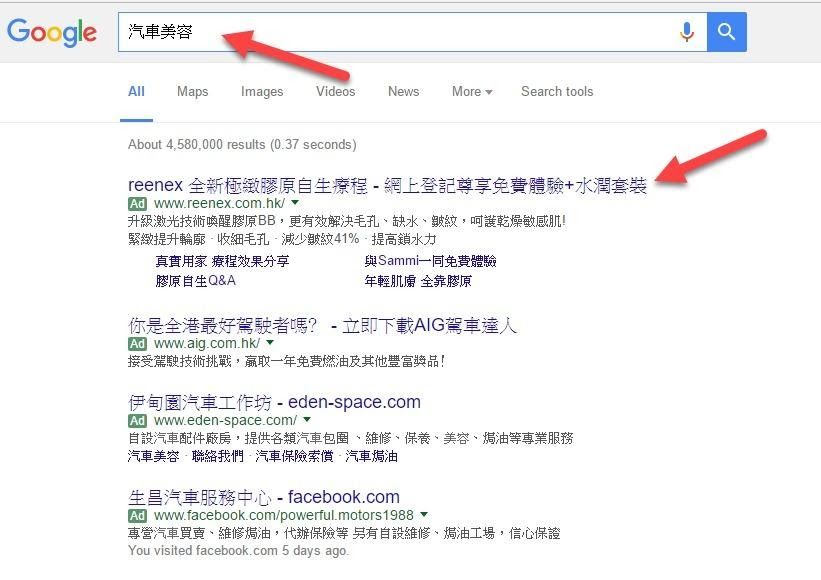
3 Keyword Matching Types
There are 3 types of keyword matching, which are Broad Match, Phrase Match, and Exact Match. Each match type has its advantages and disadvantages. You can read our article “Keyword Matching Type With Its Respective Pros & Cons” to learn more about the basic knowledge, usage, merits and demerits of keyword matching before continuing to read the following article!
How to calculate your advertising budget?
Now you should have an idea about Search Engine Marketing on Google. The next step is to calculate your advertising budget! My clients always ask me whether HK$10,000 (RM5,300) is enough for their Google Ads budget. Once they see the results, they usually consider increasing the budget. You may also be wondering, how much business can I expect in return for a HK$10,000 ad budget? How much should I invest in Google Ads to see good results?
If you know the conversion rate of your website…
If you know the conversion rate of your website (e.g., 4%) and the number of leads you can process every month (approximately 30 leads), your target website traffic would be 30 / 4% = 750. Assuming the cost-per-click (CPC) for “SEM Agency” is HK$22, your ads budget should be HK$16,500.
You may be wondering how to estimate the CPC for your selected keywords. Stay tuned! I will introduce the Google Keyword Planner later in this article, which will provide you with those numbers
What If you don’t know the conversion rate of your website…
If you don’t know the conversion rate of your website, you should install GA4 and set up your Goal. You can read my other article “Google Analytics 4 (GA4) Essential Guide” to learn more about Google Analytics and Goal Setting. You can put HK$20,000 first and get 909 traffic at CPC HK$22. Run the ad for 2-3 months, to find the Conversion Rate to adjust the budget using the above method.
If you really don’t want to run the campaign to know your conversion Rate, then let’s assume the conversion rate is 1 -3% first and estimate the budget accordingly.
1 Million Question: How to get more conversions?
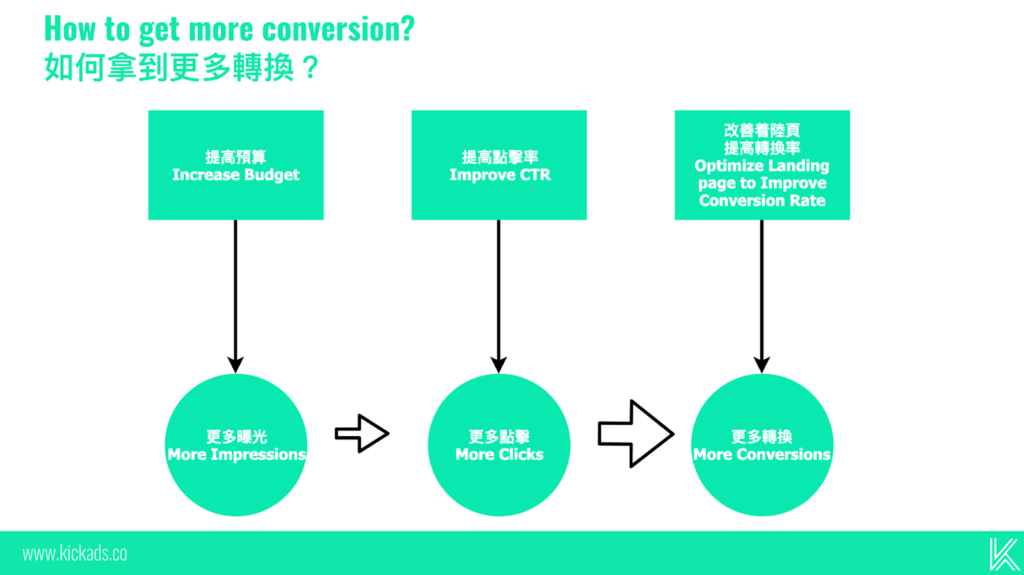
If you want to increase conversions, there are three ways to go. To increase impressions, increase clicks (rate), or increase website conversion rates.
The most straightforward and simple approach is to increase exposure. However, it is crucial to ensure that the click-through rate and conversion rate are not too low; otherwise, you will be wasting your time and money. To provide a simple example, if you’re a guy who approaches 100 girls in a nightclub but none of them is interested in interacting with you, the solution is to develop your communication skills (increase click-through rate or conversion rate) rather than going to a different nightclub every day and approaching more girls (increase exposure).
So, what can we do to boost exposure? You can increase the number of keywords, your ad budget, and your keyword bids. While increased exposure generally leads to higher conversion rates, it also results in an increase in the cost per conversion (CPA) due to the law of diminishing marginality.
How can I know which of the strategies below is the most effective?
- Increase the number of keywords
- Increase your advertising budget
- Raise your keyword bids
- Improve the quality score (It will improve exposure indirectly, but it isn’t the most direct method, thus it won’t be discussed here)
Let me tell you about my experience. First, see if raising your advertising budget will help you gain more exposure.
-
Criteria 1 – Impression Share
The impression share is a crucial metric for determining whether raising the advertising budget will result in more exposure. Impression share can be found at auction insight. If you have a 99% impression share, it means that 99 out of 100 eligible impressions will be exposed. This also means that there isn’t much room for exposure to increase, and even increasing the budget won’t help much.
Should 100% impression sharing be the criterion for all keywords? Not at all. Even if you continue raising the budget for highly competitive keywords, your impression share may not exceed 60%.
The ceilings for impression share vary by industry and keyword. According to my experience, if it is a branded keyword, such as your company name, the impression share ceiling can reach more than 90%. The impression share ceiling for some highly competitive generic keywords could be as low as 60%. The information provided above is for informational purposes only; a competent digital marketer should attempt everything!
-
Criteria 2 – Ad Rank
If the impression share of the ad campaign for which you wish to increase the budget has reached a point where it is near the ceiling, increasing the budget is no longer effective. Raise your keyword bids to improve your ad’s ranking (and, in some cases, indirectly enhance your CTR) can help increase exposure at the same time. If your Top of Page Rate is more than 80% and your Absolute top of Page Rate is more than 50% for generic keywords, increasing the keyword bid will not improve much because you are already ranked in a relatively high position.
-
Criteria 3 – Impression
The final step is to expand the number of keywords available. There isn’t anything special that needs to be explained further. The only thing you need to consider is whether the added keyword is relevant to your business. If so, increasing your keyword count will definitely help you gain more exposure.
-
Criteria 4 – Click-through Rate
With the same number of impressions, increasing the click-through rate will increase clicks. Assuming the conversion rate keeps constant, the conversions will increase naturally. The methods to increase CTR are mainly focused on keyword matching, Ad Copy Quality and Creativity, good use of the negative keywords, or various Ad Extensions. You will definitely know how to optimize your clickthrough rate with the following two articles《Quality Score: How To Check, Monitor & Optimize?》 and 《7 Tips To Rock Your Google Text Ads Headline》。
To Increase the Number of Conversions
Under the same number of impressions, if the clickthrough rate does not change, then the clicks will not increase. In this case, to increase conversions, we need to improve the conversion rate. Work on the message on the landing page, offer to give to your user and Page Speed.
If you want to increase the conversion, the fastest way is to reduce the selling price. If you reduce a Gucci bag to $9,000 from $20,000, the conversion and conversion rate will definitely rise. (The profit is not discussed here.)
Google and Facebook ads are not hostile
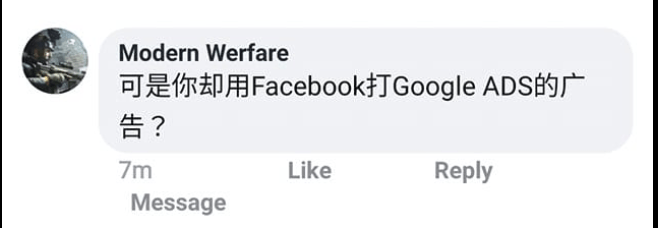
When using Facebook Ads to promote “Google Ads: Must-knows for SMEs” in Malaysia, I was often challenged that “why you put Facebook Ads while you are so proud of your Google Ads strategy?” Frankly speaking, I don’t know since when I can only use one channel for advertising? Many people asked me whether Facebook or Google was better. Let me ask you, is radio advertising better or subway advertising better? Advertising on radio doesn’t mean you can’t place ads on other platforms. You can use Facebook Ads and Google or any other channels at the same time. Of course, the situation in every industry is different. But in general, placing ads on two channels works the best.
Must-knows for newbies: “A 5-minute guideline to all the must-know terms of Digital Marketing”
Start Creating Your Google Search Ads
Step 1: Create your Google Ads account
If you haven’t created a Google Ads account before, you can create a Google account first. In the Google world, you only need to set up one Google account to use each of the related products, including Gmail, Google Ads, Google Drive, Google Calendar, and so on. After setting up a Google account, you can go to https://ads.google.com/.

After clicking “Start Now”, you will see the following interface.
By Default, it is a Smart Campaign. You only need to enter all the information of the website you wish to promote into Google Ads, including keyword categories, text ads and advertising areas. Then, the system will automatically make all the data into ads and send them out in the form of text ads and image ads. Kick Ads do not recommend that you use Smart Campaign at all. If you let Google run your ads automatically without optimizing Keyword Match Type, Device, Bidding, and ad delivery time, your CPC and CPA are usually higher. You can click “Switch to Expert Mode”.
You will see the above page. Now click “Create an account without a campaign”.
Select the Billing Country, Time Zone, and Currency, then click Submit. A gentle reminder, once these settings are complete, they cannot be changed. So please set it up carefully.
When you see this page, you already enter the main page of Google Ads!
Step 2: Find your keywords
Most of the time, when you assume that people will search for a particular word, it turns out that not many people are actually searching for it. In addition to bidding on keywords related to your company’s business and products, what other keywords should you consider? How can you find the keywords that are the best fit for your business?
1. Google Trend
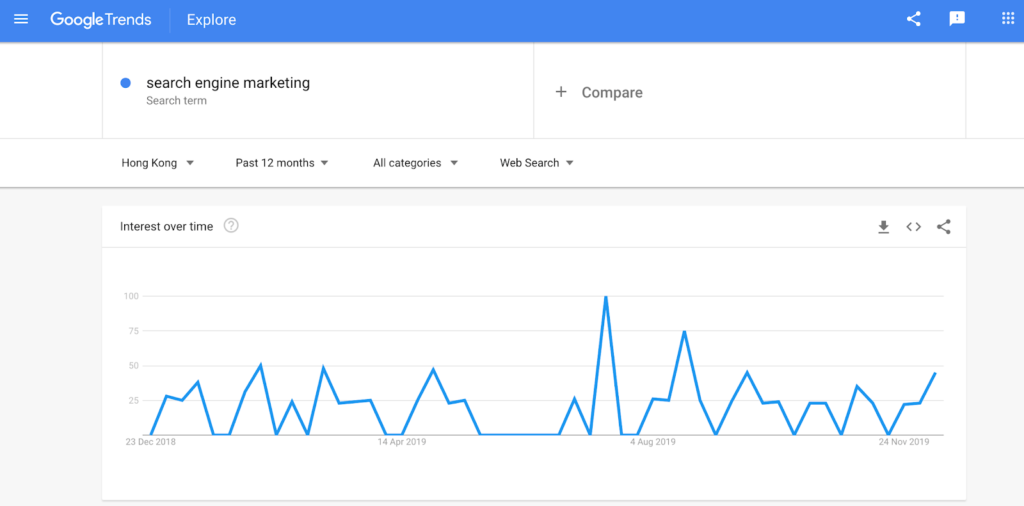
Google Trend is a free official tool from Google. You can enter keywords you want into Google Trend. After selecting the region, the system will show the popularity of the keywords you entered in the region.
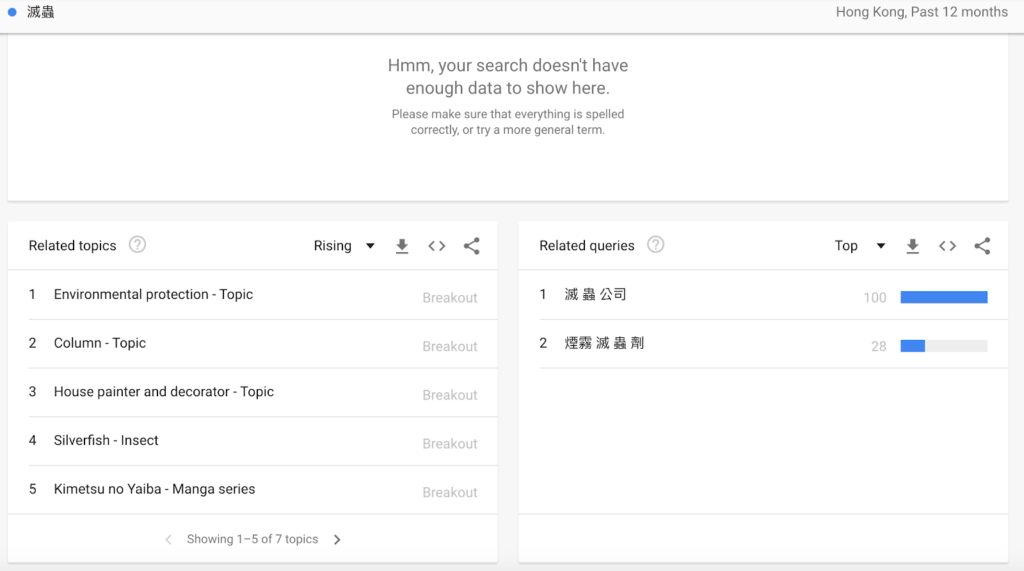
You will see Related Queries when you scroll down. All of these can be your keywords!
2. Keyword Planner
Keyword Planner is a free tool available in Google Ads that help you find keywords related to your company’s business. It provides information such as search volume, competition level, and recommended bidding price for each keyword.
Go to the top right corner of Google Ads and click Tools & Settings, then click Keyword Planner.
There are two options in Keyword Planner. If you already have a keyword list and want to find out the search volume, competition, and recommended bidding price for those keywords. You can click Get Search Volume and Forecast on the right. However, if you want to start from scratch, you can click Discover New Keywords.
The system will show 2 options, “Start with Keywords” and “Start with a website”. By entering keywords or websites, the system will automatically analyse the related keywords for you. Take Kick Ads as an example. The most relevant to our business is “SEM Agency” and “Digital Marketing Agency”. Then click Get Result.
Please ensure that the region and language settings in the red box are correctly set, as all the data will be generated based on these settings. In the orange box, you can see “SEM Agency” and “Digital Marketing Agency,” while the blue box displays new keyword suggestions provided by the system. Keyword Planner provides information such as the average monthly searches, competition level, and suggested bids for the first search result page. This information can help you plan your budget more effectively. However, it’s important to note that the data, especially the average monthly searches, may not be very accurate and can sometimes differ significantly from the actual figures. Additionally, the data generated from Keyword Planner can vary when using different accounts. Therefore, I don’t rely heavily on this data. If you notice any improvements or discrepancies, please let me know.
3. Google Search Bar
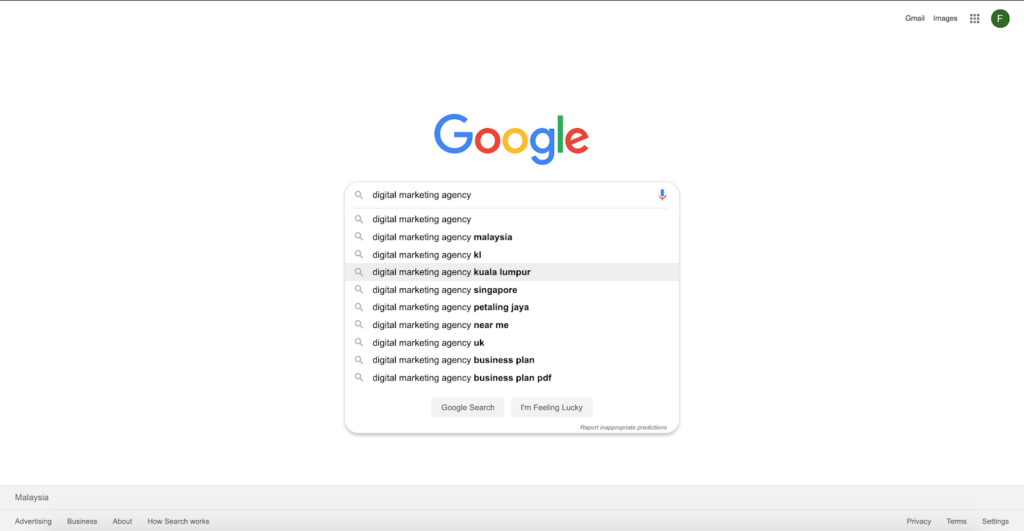
Yes, the Google Search Bar is indeed one of the keyword research methods that I always use. When you enter certain words in Google, the suggested keywords that appear below the search bar are the most relevant ones. You can consider adding those keywords to your list. If you want to get an idea of the approximate bidding for those keywords, you can do some planning in Keyword Planner.
Step 3: Create your Google Ads Search Campaign
When you understand the principle of SEM, know your keywords, and learn the metrics you need to know about advertising, you are ready to set up your first ad. But you need to know the difference between Campaign, Ad Group, Keyword, and Ad.
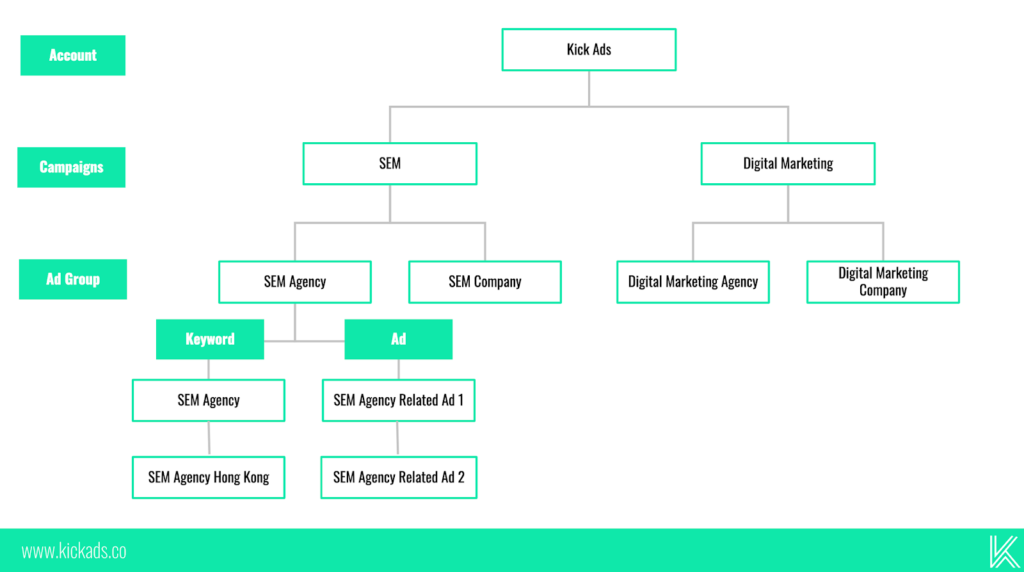
As the image shown above, you can set multiple Campaigns in one Google Ads account. And there can be various Ad Groups in one Campaign. In one Ad Group, there can be different Keywords and Ads.
How to categorize a Campaign?
You can categorize your company’s services or products. Take Kick Ads as an example, SEM and Digital Marketing are divided into 2 Campaigns. Ad Group, Keyword, and Ad under the SEM Campaign are related to SEM for sure.
The actual operation is as follows:
Click “All campaigns” on the far left. Then click “Campaigns” in the middle. You will be at the Campaign level. Click the blue +, then + New Campaign.
After that, it will show different “Goals” for you to choose. Click on “Create a campaign without a goal’s guidance”, and then click “Search”.
When we are setting the Campaign Name, I will set the Target Country – Keyword Type – Keyword Theme, HK – Generic – SEM. That is to say, the Target is Hong Kong. The type of Keyword is Generic. The subject of Keyword is related to SEM. Please bear in mind that the name of the Campaign and Ad Groups must be well organized. Otherwise, you will find it confusing when you have many campaigns to run.
Next up is the layout of Google Ads in 2023. First, let’s talk about bidding strategies. In the past, we used to recommend Manual CPC but now Automated Bidding offered by Google performs even better. Before launching your ads, it’s advisable to start with Maximize Clicks bidding strategy to generate as many clicks as possible. Set a maximum cost per click bid limit to avoid excessive bidding, allowing the system to automatically find more clicks at a lower CPC. Once you have a significant number of conversions, you can switch to Smart Bidding strategies like Maximize Conversions. For more information on bidding strategies, I recommend reading our article titled “Google Ads Bidding Strategy Explained (Manual or Automated?)”
The next step is to select the network, and it is crucial to remember to turn off the Google Display Network. Otherwise, you will encounter image banners filled with text (as shown in the example below). If your text ads are sent to the Google Display Network, the effect will be bad and your advertising budget will also be used in the places without effect. (Why do I say this? You can download our E-Book for detailed explanation.)
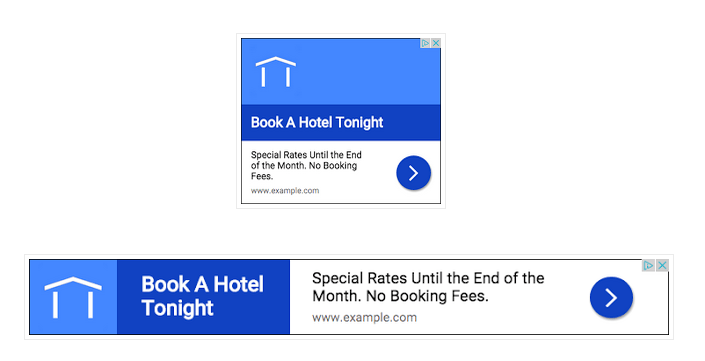
Next, you can select the target country/ city. You will see Target in the Location Option. If your business is local only, you can choose the second option “Presence: People in or regularly in your targeted locations”. If you don’t mind having someone who finds you in a foreign country, you can choose the first one. What is the difference between the two? The picture shown below is a very good example.
Even though I am now in Malaysia, when I search for “Digital Marketing Agency Hong Kong”, if I choose the first option “People in, or who show interest in, your targeted locations”, I will be able to see your ads even if I am not in Hong Kong.
In terms of language setting, Google Ads is different from Facebook Ads. You don’t need to be afraid that your ads will be “liked” by meaningless people. Your ads will be shown to the right people with keyword matching. You only need to set the right language of the country or region.
Step 4: Create your Ad Group, Keyword, and Text Ad
After setting up Bidding and Campaign, the next step is to build up the Ad Group, Keyword, and Ad above.
Let’s begin by setting up the Ad Group names. For example, under the SEM Campaign, create an Ad Group named “SEM Agency.” This group will focus on keywords related to SEM Agency. In the new 2023 Google Ads interface, if you’re unsure about keywords, simply provide your website link and main product/service, and the system will suggest plenty of keywords.
Two key points to remember: First, evaluate the relevance of the suggested keywords based on your experience. You can decide later whether to keep or discard them, with the assistance of an ad agency if needed. Second, the default keyword match type is “Broad Match.” If you prefer “Phrase Match” or “Exact Match,” adjust the settings accordingly. Refer to this article for a deeper understanding. Advanced strategies involve creating separate Ad Groups for “Phrase Match Modifier” and “Exact Match,” but let’s save that discussion for another time.
When you finish entering the keyword, the next step is to Set up your Ad. Since the keyword of this Ad Group is SEM Agency, I will put the keyword SEM Agency in Headline, Display URL and Description. We have already written an article about how to write ads, please read “7 Tips to Rock Your Google Text Ads Headlines“.
Kick Ads recommends filling in at least 8 headlines and 3 descriptions in the Responsive Search Ad. Remember to include keywords in the ad to maintain good Ad Strength, which helps achieve better advertising result search ads.
Last, but not least, it is Ad Extension. It is a critical step as it can improve the Quality Score. Please refer to the article “9 Google Ads Extensions that can Boost Up your sales” for more details.
After setting up keywords and ads, it comes to budget. Please refer to how to calculate your advertising budget above, and then divide it by 30 days. It is worth mentioning that sometimes your final advertising costs may exceed your budget and may even double. This is because if there are many searches on that day, the system will automatically increase the budget, but the monthly budget will not exceed your daily budget x 30.4. For details, please see here.
It is worth mentioning that on the right side, there is a campaign optimization score. If you follow our guidance and establish a good ad structure, select appropriate keywords, and use compelling ad copy, your campaign optimization score should be around 70% – 80%. A higher optimization score, with the help of the system, can assist us in finding more potential target results. The weekly cost, clicks, and average CPC below the campaign optimization score are for reference purposes only.
Above is the complete setup of a Google Ads search campaign. It is elementary but essential because it helps you understand the basics of creating a campaign from scratch. Of course, we all understand the importance of conversions, as they are crucial for measuring ad performance and creating conversion-based campaigns. To gain a deeper understanding of how to track conversions with GA4, please refer to our article, “Google Analytics 4 (GA4) Essential Guide.”
Step 5: Add Negative Keywords
One of the essential elements of a successful search campaign is the inclusion of negative keywords. What are Negative Keywords? Simply put, let’s say my keyword is “SEM Agency.” When someone searches for “Worst SEM Agency,” there is a chance that my ad may appear. But do you want your ad to appear in such a situation? No! That’s when we add the word “Worst” to the Negative Keywords list. The next time someone searches for “Worst SEM Agency,” your ad won’t be displayed.
In the main menu, click on the set Campaign and Ad Group, then click on Keyword, followed by Search Terms. Here, you can see some of the search terms in the past. If there are any irrelevant terms, you can directly add them to the Negative Keywords list.
If there are known negative words, we can directly add them to the Negative Keyword List. Just like the example mentioned earlier, if “worst” is not what we want, we can simply exclude it. If you understand the working principle of SEM, you might ask, should I include “Worst SEM Agency” or just “Worst”? Does a Negative Keyword have keyword matching? The answer is yes. Therefore, you can add “Worst” as a broad match negative keyword or set “[Worst SEM Agency]” as an exact match negative keyword.
The next question is whether to add negative keywords to the campaign or the ad group. What’s the difference between the two? Simply put, if you add negative keywords to the campaign, they will automatically be applied to all ad groups within that campaign. On the other hand, if you add negative keywords to an ad group, they will only be effective within that specific ad group. If both the campaign and ad group have negative keywords set, only the ad group’s negative keywords will take effect because the ad group’s settings override the campaign’s settings. Therefore, if your ad groups have different themes, it is recommended to add negative keywords at the ad group level. Otherwise, adding them at the campaign level would be sufficient.
In conclusion, this Google Ads Search Engine Marketing ultimate guide 2023 has provided you with comprehensive insights and practical tips for creating effective search ad campaigns. From setting up your campaign structure to optimizing keywords and ad copy, you now have the knowledge to maximize the performance of your ads. However, if you still have questions or need further assistance, we encourage you to click on this link to consult with our team. We are here to help and provide personalized guidance tailored to your specific needs. Don’t hesitate to reach out to us for any inquiries or additional support.
